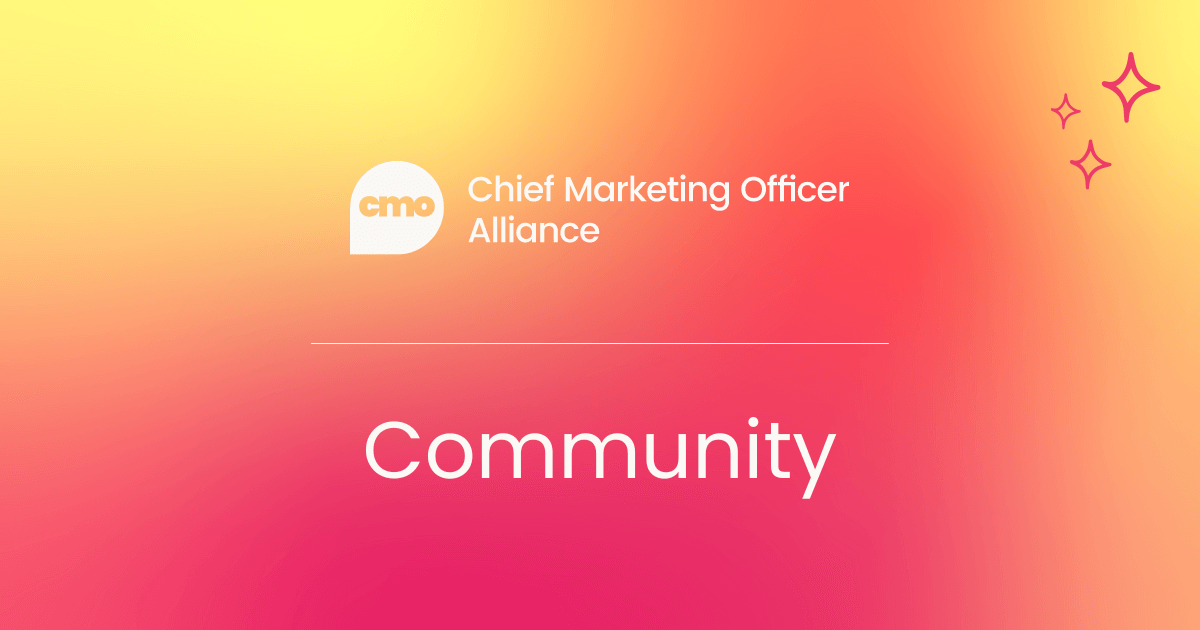Keeping your brand relevant and impactful today means hitting pause every now and then and taking a good, honest look at your strategy.
Customer habits are shifting, new competitors are popping up all the time, and the market is changing faster than ever. If you’re not regularly checking in on your brand, you could be losing ground without even realizing it.
So, how do you keep your brand sharp and aligned with your goals?
Here are five key steps to help you realign with your vision, better connect with your audience, and stay ahead of the curve.
Understanding your brand’s core purpose
Before you jump into tactics, it’s worth taking a step back and asking: what’s the real purpose behind your brand? Too often, companies get busy running campaigns and chasing short-term goals without checking whether they’re still on track with their original mission.
It’s crucial to be clear about the problem your brand solves and the value it brings to your customers. Take a page from Google’s book – their early vision was all about organizing the world’s information and making it easy for everyone to access and use.
When you’re clear on your brand’s purpose, you build a solid foundation for making smarter decisions. It influences everything from how you talk to your customers to the experience you deliver. Think of your brand’s purpose as your true north – it helps cut through the noise and focus on what really matters.
One way to reconnect with your vision is to write a statement as if you’ve already hit your goals. Let’s say your goal is to boost event bookings. Describe your calendar as packed, your team buzzing with energy, and your customers raving about the service. Writing like this, in the present tense, helps shift your mindset into a more focused, goal-driven space.
This trick isn’t just for personal goals – it works just as well in business. It gives you a clearer picture of where you're heading and how to get there.
Evaluating your current position
Once you’ve mapped out your dream brand positioning, it’s time to check how it stacks up against reality. A lot of companies operate based on old ideas about their market, audience, or competitors.
That’s where a brand audit can come in handy – it helps you see where you actually stand right now. Look at things like market share, how well you're keeping customers, and what people are saying about your brand.
Find the gaps between where you are and where you want to be. That’s your signal to tweak, improve, and innovate.
To bridge the gap, set goals that are specific, measurable, achievable, relevant, and time-bound. Think: increase free trial downloads by a certain percentage in three months, boost your review scores, or grow revenue compared to last year.
Then, break those goals into steps that tie your marketing work into the rest of the business.
Also, don’t forget to consider what’s going on around you. Things like new tech, shifting regulations, or big trends in your industry can have a huge impact.
Keeping an eye on competitors is just as important. It can give you clues about how to sharpen your edge and stay top of mind in a fast-moving market.

Optimizing revenue streams
If you want to grow, you need to know what’s actually bringing in the money. Most brands have a few different ways of making revenue – but not all of them are equal.
Start by grouping your products or services based on how much they earn. Think in terms of high-revenue, high-volume offers, or those big-ticket, low-volume services. And don’t ignore the expensive stuff that might be draining resources without delivering much back.
Knowing which offers make the most profit helps you spend your marketing budget more wisely.
Sometimes, a fresh perspective can spark new ideas. Bring in people from different teams, chat with consultants, or tap into industry contacts. Group brainstorms can uncover overlooked markets, new product ideas, or pricing tweaks that could increase profit.
A quick exercise: list every product or service you sell, then rank them by how profitable and popular they are.
That’ll show you where to focus and make sure your marketing supports the stuff that gives you the biggest return.
Understanding your audience
Getting clear on who you’re talking to is key to making your marketing work. Audiences shift over time, so it’s important to keep your finger on the pulse.
Your audience usually falls into two camps: advocates who love your brand and help spread the word, and revenue drivers who actually bring in the cash.
Breaking these groups down by things like age, interests, or habits can help you fine-tune your message and target people more effectively.
Say you’re a venue brand – event planners might be a core audience. They’ll want to hear how you solve their specific problems. Meanwhile, corporate clients may care more about reliability, professionalism, and scalability than creative flair.
To go even deeper, build out some buyer personas. These are fictional profiles based on real customers that help shape your messaging.
Think of someone like “Stephanie, the VIP Insider” – she’s stylish, influential, and expects a top-tier experience. Having a persona like this helps guide tone, content, and approach so that your message really hits home.
Crafting effective messaging
Great messaging is what sets your brand apart. It should speak clearly to your audience and explain why you’re the right choice.
A solid messaging framework usually has three parts: a main brand theme that sums up who you are, target statements tailored for different groups, and messaging pillars that highlight benefits, proof points, and what makes you unique.
The key is to keep it clear, persuasive, and consistent. Ditch the complicated jargon – no one wants to decode what you’re saying. Instead, focus on telling people what you do and why it matters, in a way that sticks.
Let’s say your brand theme is all about delivering unforgettable venues and epic events. Your pillars could focus on things like flexibility, premium locations, and flawless execution.

Implementing a 360° marketing strategy
To turn interest into action, you’ve got to think about the full customer journey. It usually starts with awareness – when people first come across your brand.
Next up is engagement. That’s when people check out your site, read content, or follow your socials. Then comes conversion, where they make a purchase or reach out. But your job doesn’t stop there.
Retention strategies help build long-term relationships and get repeat business. Advocacy is the cherry on top – when happy customers spread the word for you.
A strong marketing strategy uses a mix of owned, earned, and paid media. Owned media is your website, emails, and social channels – stuff you control. Earned media includes PR, user reviews, and content people create about you – it builds trust. Paid media covers ads, promotions, and sponsorships to help you reach new audiences.
All three should work together so that every touchpoint supports the next, giving your brand more impact.
Reflecting and moving forward
Looking back on what worked (and what didn’t) helps you move forward smarter. Celebrating wins keeps the team motivated. At the same time, spotting areas to improve opens the door for fresh ideas.
By getting clear on what’s next, you’ll tighten up your positioning, fine-tune your marketing, and stay ahead of the game.
Whether it’s updating your message or getting sharper about your audience, being strategic sets you up for long-term success.
Brands that keep learning, adapting, and refining are the ones that stay strong – no matter how fast things change.
This article was inspired by a talk on one of our CMO Summit events, with Carley Gauthier, National Director of Marketing at Live Nation.
Join our growing network of marketing leaders and learn from your peers, make new connections, share ideas, and so much more.




 Follow us on LinkedIn
Follow us on LinkedIn






